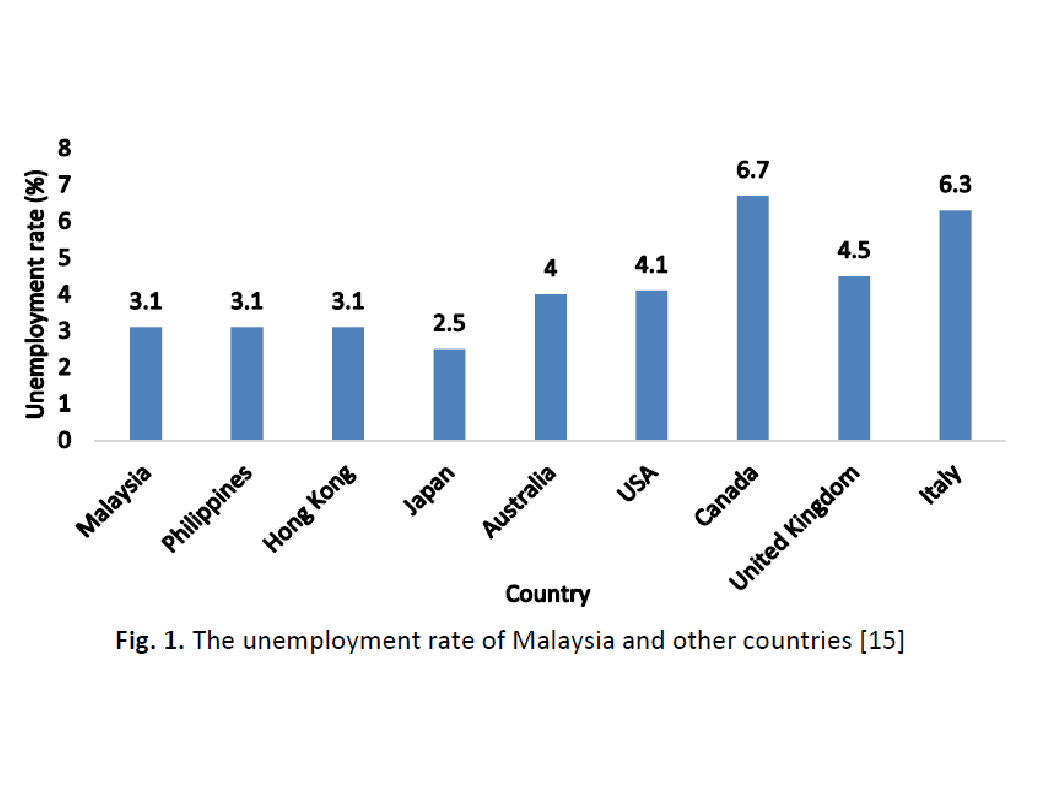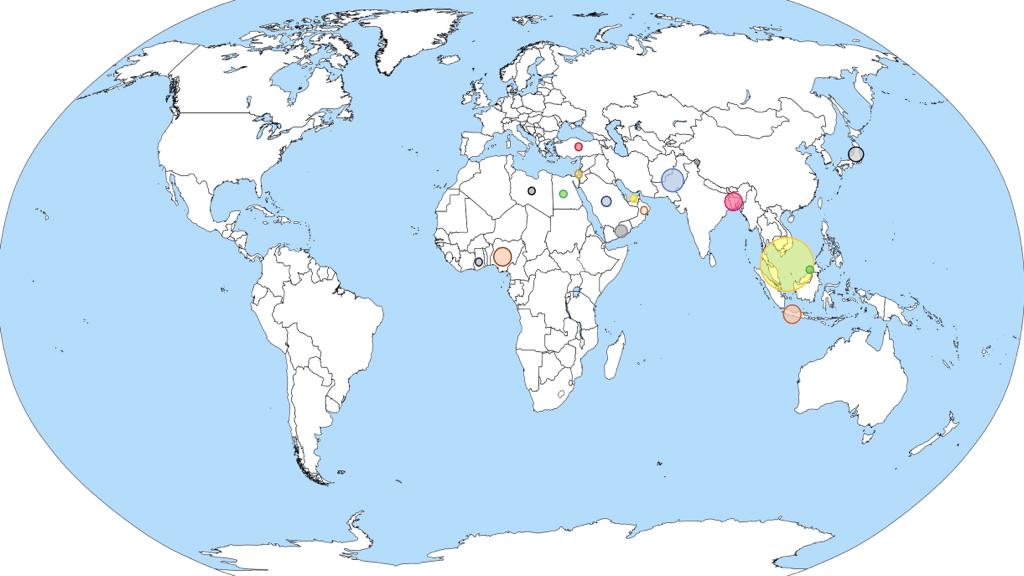Comparative Analysis of Unemployment Trends and Demographic Disparities in Malaysia and Its Neighboring Countries
DOI:
https://doi.org/10.37934/arbms.39.1.1939Keywords:
Unemployment, demographic disparities, relationship, labor marketAbstract
This study conducts a comparative analysis of unemployment trends and demographic disparities in Malaysia and its neighbouring countries, focusing on age, gender, and education level. Using data from the International Labour Organization (ILO), the research explores the relationships between these demographic factors and unemployment rates. Statistical tests, including Spearman’s Rank Correlation, Kruskal-Wallis H Test, and Mann-Whitney U Test, were employed to identify patterns and significant differences between each variable. The results indicate that younger individuals and those with intermediate education face higher unemployment rates, while older individuals and those with less formal education experience lower unemployment. Gender disparities were observed, with males exhibiting slightly higher unemployment rates. Cross-country comparisons revealed Malaysia's unemployment rates as moderate and stable, while Indonesia and the Philippines faced higher rates. Thailand, Brunei, and Singapore consistently recorded low unemployment levels. These findings emphasize the need for targeted, region-specific policies to address unemployment challenges effectively.

















